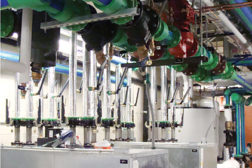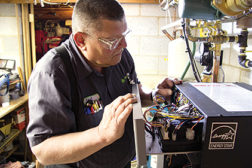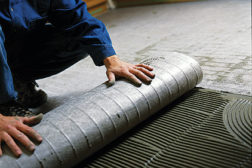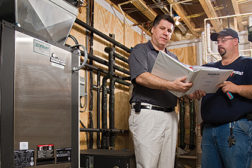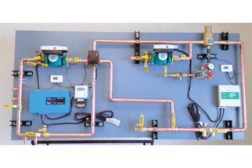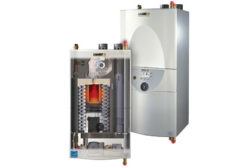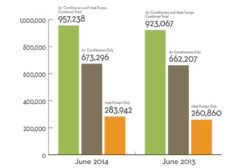Boilers and Hydronics
Health Care Facilities Embrace Nontraditional Equipment
Read More
Radiant Market Focuses on Cost, Efficiency
New Products Aim to Speed Installation, Expand Options
Read More
Contractors Share Passion for Hydronic Systems
Experts in Hot Water and Steam Radiate Love for the Trade
Read More
How Hydronic Heating Systems Began
A Posthumous Chat with Ara Marcus Daniels, a Forefather of Hydronic Heating
October 27, 2014
Commercial Heating Showcase 2014: New Products Available on the Commercial Market
Efficiency, Comfort are Featured in New Heating Equipment
October 13, 2014
Hydronic Radiant Ceiling Cooling for Smaller Buildings
Though More Expensive, Radiant Trumps Forced Air in Comfort
Read More
Facts + Figures: Sept. 8, 2014
Residential Electric Storage Water Heater Shipments Up 11 Percent in June
September 8, 2014
Copyright ©2024. All Rights Reserved BNP Media.
Design, CMS, Hosting & Web Development :: ePublishing
